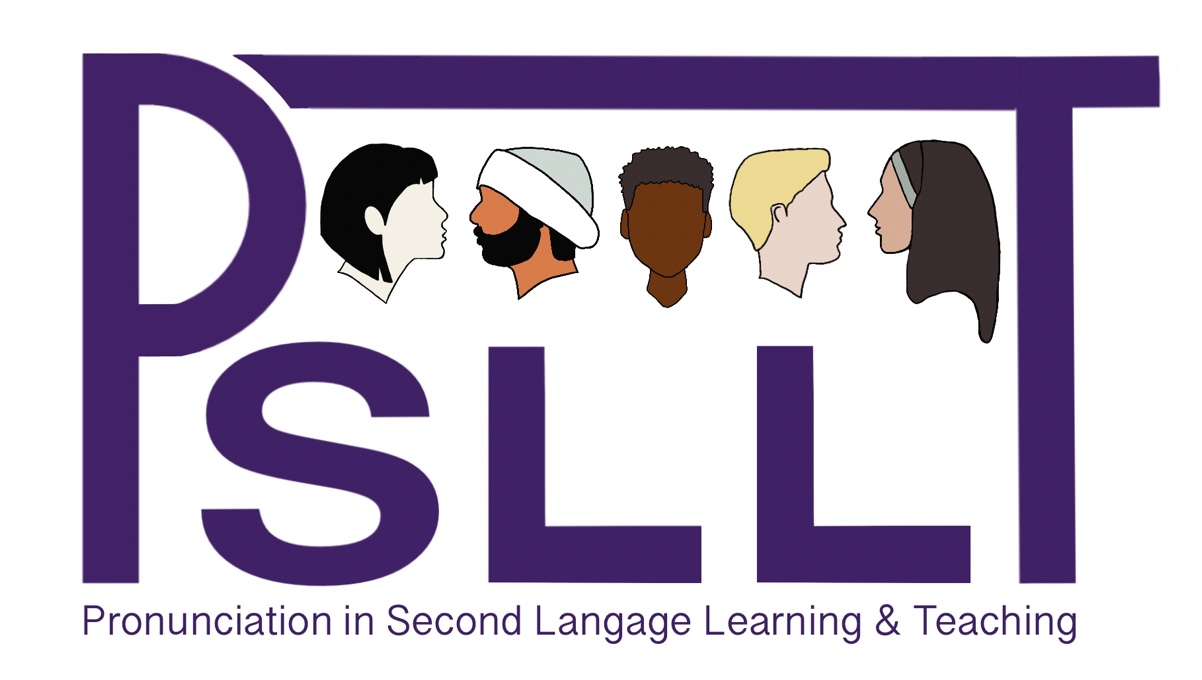Pronunciation Teaching and Learning: Effects of Explicit Phonetic Instruction in the L2 Classroom
- Joshua Gordon (Indiana University)
- Isabelle Darcy (Indiana University)
- Doreen Ewert (University of San Francisco)
Abstract
This classroom-based study investigated how explicit instruction influences the acquisition of L2 phonological features, and how their production contributes to comprehensible speech in L2 learners. Three groups of ESL learners (n=30) received pronunciation instruction during three weeks (25 minutes/day, 3 days/week) using the same teaching sequence within a communicative methodology (Celce-Murcia, Brinton, & Goodwin, 2010; Hinkel, 2006). Groups differed in the type of explicit instruction received: two experimental groups received explicit instruction either on suprasegmental or segmental features. A combination of these features was presented orally to the third group without explicit instruction. Pretest and posttest recordings indicate that only the explicit group trained on suprasegmentals improved its comprehensibility scores significantly from pretest to posttest. An analysis of classroom-treatment recordings demonstrates that explicit phonetic instruction that makes learners notice L2 features (i.e., explicit presentation of contents, guided analysis and practice, and corrective feedback) can be beneficial for L2 learners in the development of comprehensible speech. The results also corroborate a major role of prosody in enhanced comprehensibility (e.g., Derwing, Munro, & Wiebe, 1998; Munro, 1995) and a call for more explicit phonetic instruction within a communicative methodology (e.g., Celce-Murcia et al., 2010).
How to Cite:
Gordon, J., Darcy, I. & Ewert, D., (2012) “Pronunciation Teaching and Learning: Effects of Explicit Phonetic Instruction in the L2 Classroom”, Pronunciation in Second Language Learning and Teaching Proceedings 4(1).
Downloads:
Download PDF
View PDF
